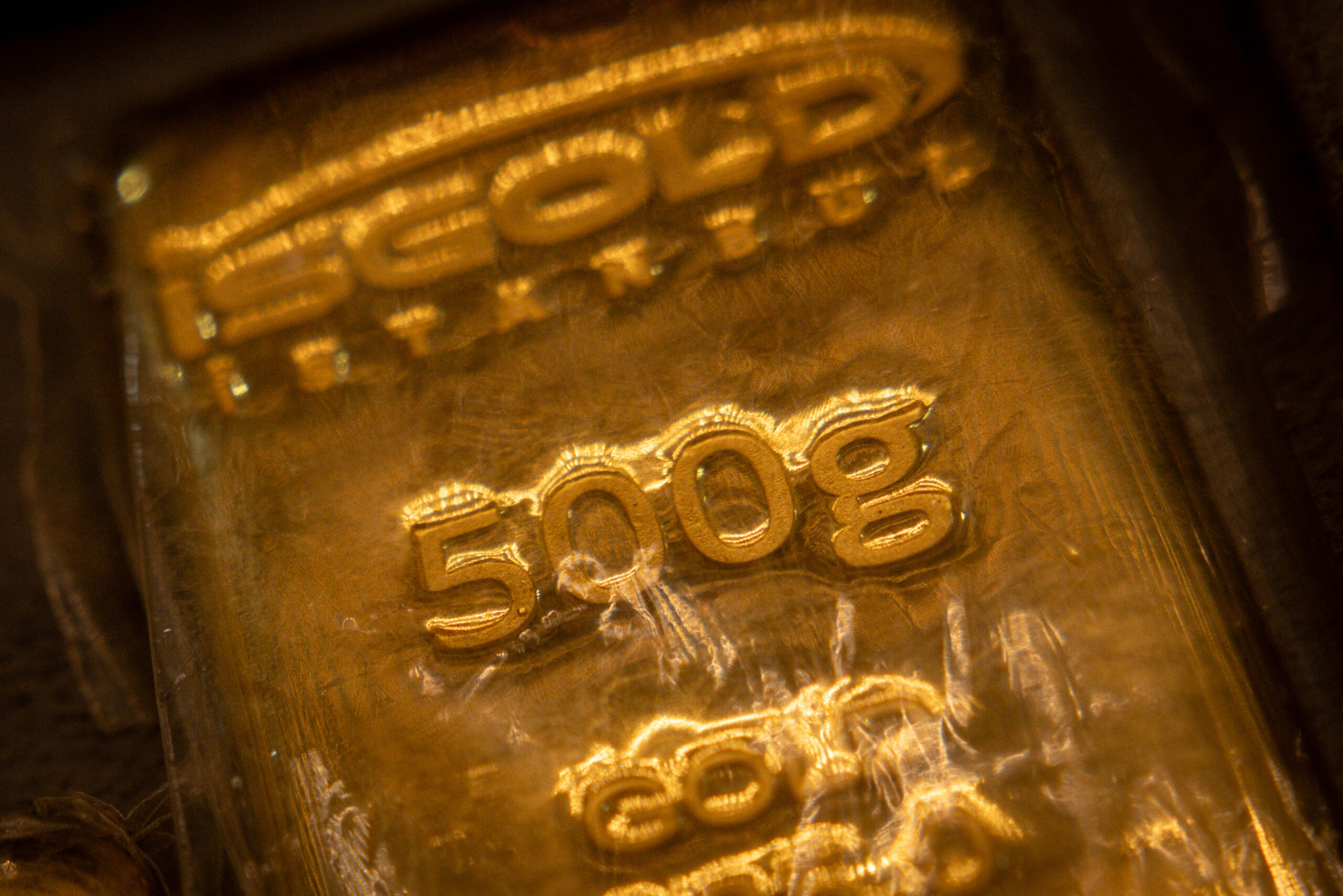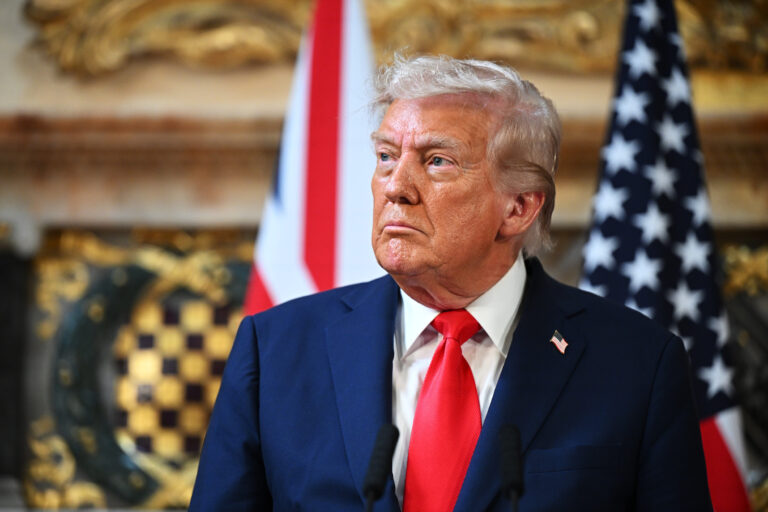
Forget equities. Ignore bond yields. If you want to measure the scale of global anxiety right now, look at gold. On April 21, gold prices soared past an unprecedented $3,400 per ounce—a psychological and material threshold that speaks volumes not about market exuberance, but about collective dread.
The metal’s meteoric rise of 26 percent since the start of the year is not the product of bullish speculation but a symptom of systemic instability. This is not a rally born of confidence; it’s an indictment. An indictment of fraying economic fundamentals, of widening geopolitical fault lines, and of an unraveling consensus around global trade rules. At the heart of this tumult is Washington, D.C., once the steward of global order, now a source of policy whiplash.
President Donald Trump has unleashed a torrent of protectionist fervor, stoking fears far beyond U.S. borders. His administration’s re-escalation of tariff battles—with levies on Chinese goods climbing to an eye-watering 145 percent, while allies nervously cling to a fleeting 90-day exemption—has compounded market disorientation.

Chris McGrath/Getty Images
The rally in gold is about fear. Fear of political caprice masquerading as strategy, of a trade war metastasizing into financial contagion, and of a world where traditional safe havens—currencies, institutions, alliances—no longer offer much safety at all. Assets like U.S. stocks, bonds, and the dollar have long functioned as safe havens in times of crisis. This time, however, they have faltered together. U.S. bonds have experienced sharp selloffs, casting doubt on their reliability. The dollar, meanwhile, has shown signs of strain under the weight of inflation concerns and political instability.
Investors are increasingly flocking to gold, sometimes called the “ultimate safety cushion.” The deeper significance of this shift is not simply a return to the old gold standard of security, but a statement about the fragility of U.S. economic leadership. Central banks, especially in China and parts of the Global South, have been amassing gold reserves at a historic pace. For them, it is not just about hedging currency risk; it is a strategic pivot away from overreliance on the dollar and toward assets unbound by any one nation’s policy swings.
Trump’s trade strategy is not so much a strategy as it is a string of tactical jolts. From fiery podium declarations to abrupt social media posts, his tariff regime lacks a coherent economic rationale. One day he’s threatening Beijing with punitive duties; the next, he’s offering vague promises of reconciliation. This seesaw approach destabilizes not just U.S.-China relations but the entire global trading system. Markets crave stability, not spectacle. And the spectacle of unpredictability is now the primary force guiding investor decisions. The surge in gold prices, then, is less about optimism and more about insurance, a hedge against volatility, uncertainty, and an unraveling consensus on globalization.
The consequences for global trade are already visible. Retaliatory tariffs have been deployed by major economies, turning trade into a battlefield of tit-for-tat escalation. The multilateral framework painstakingly built since World War II—with the World Trade Organization as its backbone —is being systematically undermined. The rule-based trading system is being displaced by bilateral skirmishes and ad hoc deals, many of them politically motivated. This fragmentation carries geopolitical risks. China, for example, has intensified its pivot to the Global South, strengthening economic ties with Latin America, Southeast Asia, and Africa. The Belt and Road Initiative, often viewed in Washington as a challenge to U.S. influence, is gaining new traction amid America’s inward turn. Ironically, the very tariffs meant to hobble China’s rise may be accelerating its reach.
Multinational corporations are feeling the strain as well. Supply chains built over decades are being torn apart and reconstructed at great cost. These disruptions are inflating costs and pushing companies to raise prices—a trend that contributes to the inflationary pressure already confronting central banks. Many smaller businesses are unable to absorb such shocks. Trump’s recent attempts to soften his rhetoric—occasionally suggesting a willingness to negotiate—have done little to reassure investors. Markets have learned that today’s de-escalation could be tomorrow’s tariff hike. This erosion of credibility weakens U.S. leverage, diminishes its negotiating power, and clouds the country’s reputation as a reliable trade partner.
Gold’s ascent, therefore, is not simply a story of market cycles. It is a referendum on the state of the world order. A shiny metal with no yield is outperforming equities, bonds, and fiat currencies—not because of its intrinsic productivity, but because it represents a kind of escape hatch from geopolitical dysfunction. If the current trajectory holds, we may soon see a decoupling of the dollar from its traditional role as the world’s preferred reserve currency. Already, some emerging economies are experimenting with local currency swaps and reducing their dollar exposure. Gold, in this context, is not just a commodity —it’s an alternative store of value in an age of distrust.
Imran Khalid is a geostrategic analyst and columnist on international affairs. His work has been widely published by prestigious international news organizations and publications.
The views expressed in this article are the writer’s own.




